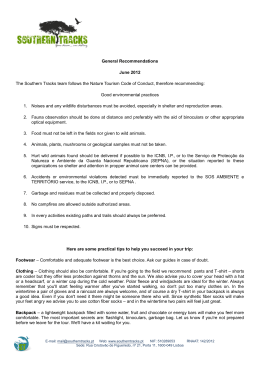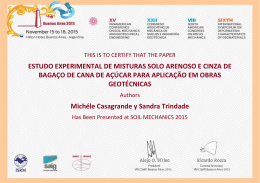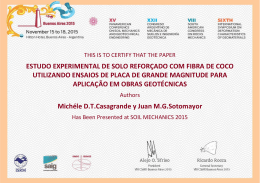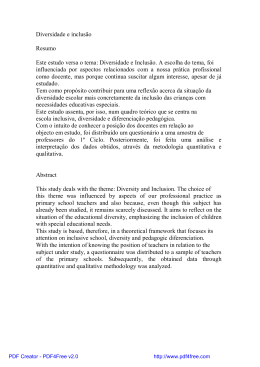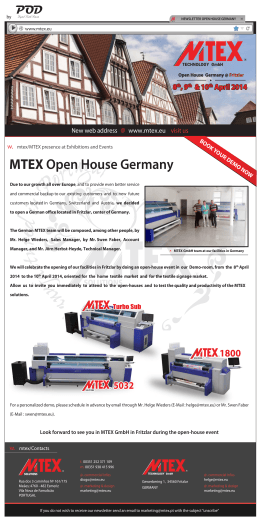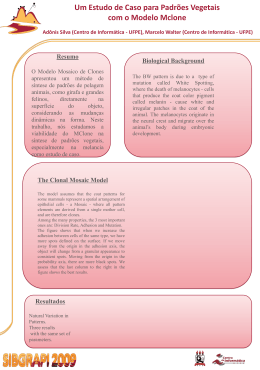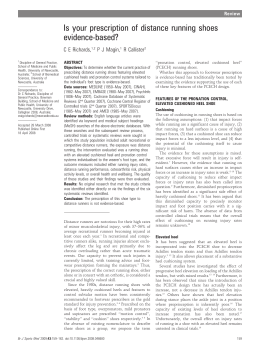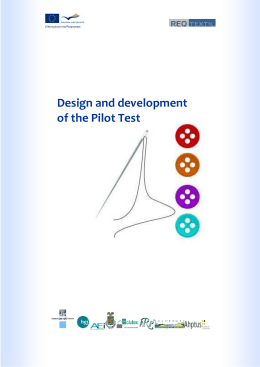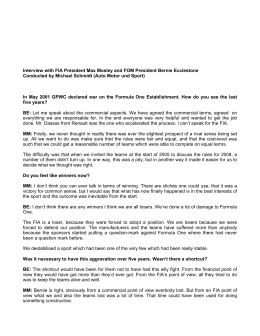ESTUDO RELATIVO AO METODO DE ENSAIO DE PERFURAÇÃO DE PALMILHAS DE PROTEÇÃO CTCP, JULHO 2015 No enquadramento do projeto foi aprofundado o estudo com vista a atualização das normas de ensaio de calçado de segurança que inclui a participação e realização de relatórios para ensaios interlaboratoriais de perfuração de palmilhas (confidenciais) e a preparação e emissão de posições nacionais sobre o assunto. Junta-se a posição preparada para oposição a exigência alemã de considerar apenas as palmilhas metálicas adequadas. Esta posição foi enviada às entidades competentes. Subject: Position paper on the Formal Objection raised by Germany against the standard EN ISO 20344 (revision December 2011) Theoretically, they may be problems associated to the use of penetration resistant inserts made from textile materials, when nails with a smaller diameter are involved. In practice, complains and accidents reported to the manufacturers of safety footwear are marginal. APICCAPS (Portuguese association of footwear and leather goods manufacturers) and CTCP (Portuguese footwear research and testing institute) carried out a survey on complains and accidents occurred in 2012 and 2013, associated with the use of safety footwear with penetration resistant inserts made from textile. This survey included, among others, the 2 largest manufacturers of safety footwear in Portugal. The accident rate was around 0,001 %. Also German manufacturers based on a 2013 survey have indicated a similar low rate of accidents with textile penetration resistant inserts. The German report dated 15 December 2010 (PPE 14-2-13) regards footwear and inserts that were further developed. Thus, the actual characteristics of the footwear produced and marketed differ from the mentioned in the German report. In the light of the above, it is not comprehensible why safety footwear with penetration resistant inserts made from textile should not give rise to a presumption of conformity under the PPE Directive. Such a decision is not proven would increase the safety of the European footwear users and would cause serious problems for the whole safety footwear value chain in Europe. Focusing in the development and production of quality innovative comfortable more physiological appealing safety shoes that satisfy the consumers’ needs and whishes, requires applying state-of-the-art safe materials like non-metallic anti-perforation insoles because are among others: 1) lighter, 2) metal free, 3) thermally more comfortable, 4) more adaptable to underfoot shape and 5) flexible. Furthermore, its use increases the area of the feet that is protected because due to its properties can cover up to 100 % of the sole and therefore feet area. The metallic inserts are much heavier, less flexible and often are inserted in a way that an area of the feet is not protect. In fact, in some footwear with metallic inserts the distance between the feather edge of the last margin and the edge of the insert reaches up to 6 mm to 6.5 mm and in the heel region up to 15 mm to 17 mm. In our view a deep detailed product and user risk analysis has to be done to evaluate the risks that apply for thinner nails in the period up to the publication of a new test method and new requirements. Meanwhile, the manufacturers of safety footwear are recommended to include the following statement in the user information: “The penetration resistance of this footwear has been measured in the laboratory using a truncated nail of diameter 4,5 mm and a force of 1100 N. Higher forces or nails of smaller diameter will increase the risk of penetration occurring. In such circumstances alternative preventative measures should be considered.”
Download
